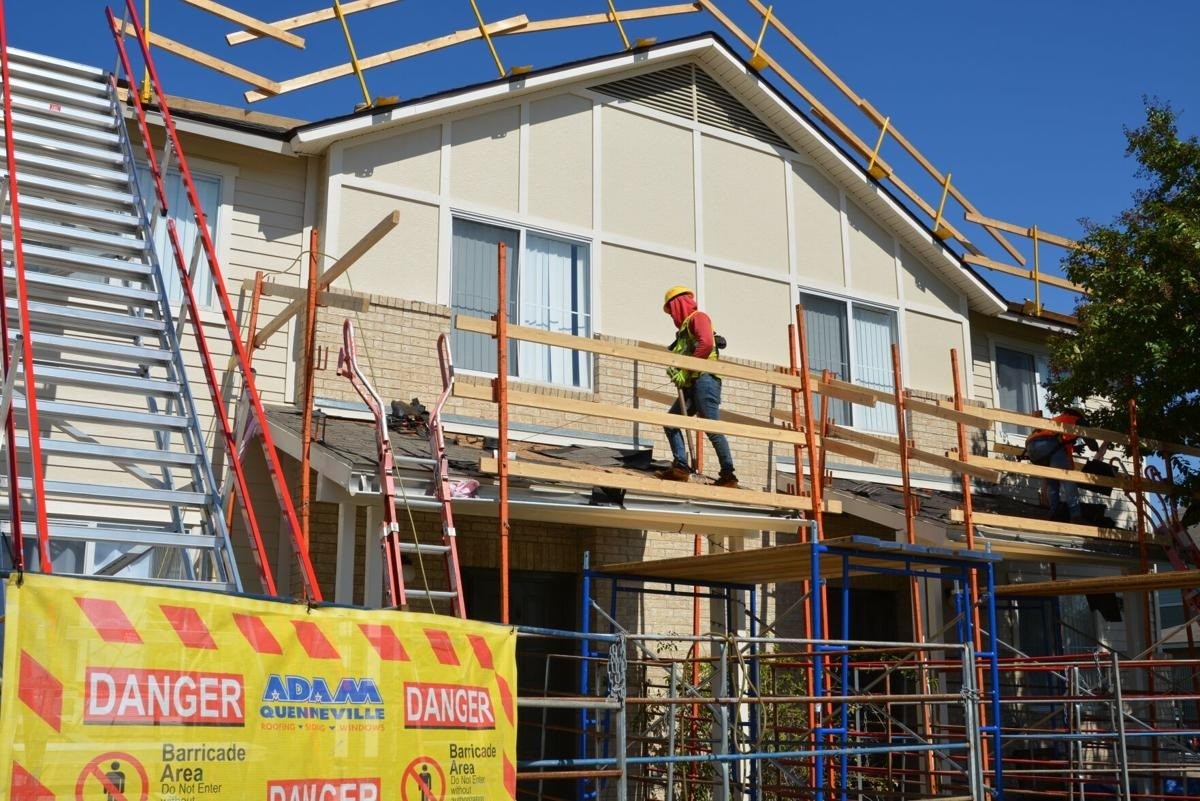The rush to the sunbelt is stalling. What was once a haven for those fleeing the high costs and burdensome regulations of blue states is now grappling with its own housing crisis. As reported by The Economist, the very advantages that drew millions to states like Texas and Florida are eroding fast.
Migration Patterns Are Shifting
For years, the narrative has been that Americans are fleeing blue states for the promise of affordable housing in red ones. Florida Governor Ron DeSantis has paraded this narrative as a victory, boasting about the mass exodus from California and New York. However, according to 2023 State-to-State Migration Flows Statistics, the tide might be turning as housing affordability becomes a pressing issue in once-cheap destinations.
Housing Affordability Is Diminishing
The surge in migration to red states was driven by a quest for affordable living. But as research on housing affordability indicates, the rapid influx of new residents has led to increased competition for housing and rising prices. This trend is not only making it difficult for newcomers to find affordable homes but is also squeezing the existing residents, especially low-income families.
Building Challenges Are Mounting
New construction is failing to keep pace with demand. As reported by Brookings, while there has been some recovery in housing production, it remains far below the levels needed to address the growing population in these states. Zoning laws and regulatory hurdles have made it increasingly difficult to build new housing, exacerbating the affordability crisis.
\n\n
The Capitol - Florida Department of State
Economic Implications of Housing Shortages
The implications of this housing shortage are severe. With rising rents and home prices, the economic mobility that once attracted many to these states is now in jeopardy. The American dream of homeownership is slipping further away for the working class. Many families are forced to shift their financial priorities, leading to increased debt and financial instability.
Workers Are Bearing the Burden
Workers in industries crucial to the economy, such as education and healthcare, are being pushed out of the housing market. They are increasingly unable to afford homes near their workplaces, causing longer commutes and additional economic strain. This situation is particularly urgent for essential workers, who have been hailed as heroes during the pandemic but are now facing housing insecurity.
Political Ramifications of the Housing Crisis
As housing affordability declines, the political landscape is set to shift. The very leaders who have touted the benefits of moving to red states may soon find their narratives challenged. Voters increasingly frustrated with the inability to secure affordable housing may seek alternatives, potentially shifting the balance of power in forthcoming elections.
Environmental Concerns and Housing Development
Environmental policies in red states are also facing criticism as they collide with housing needs. According to Stanford"s policy brief, the environmental regulations that once made these states attractive are now being scrutinized as barriers to necessary housing development. The balance between environmental sustainability and housing needs will become a contentious issue among policymakers and voters.
\n\n
Fort Hood Family Housing: Revitalization efforts continue in ...
Calls for Progressive Solutions
As the housing crisis deepens, there is an urgent need for innovative solutions. Advocates are calling for increased investment in affordable housing, changes to zoning laws, and policies that prioritize the needs of low- and middle-income families. The progressive movement must amplify the voices of those disproportionately affected by these changes, advocating for a more equitable housing policy that recognizes housing as a human right.








